The Seismic Industry prides itself on having a relatively small environmental footprint and an attitude of continuous improvement. Setting up our project areas to renew themselves through natural processes is always the desire d outcome. When we look at the two biggest human initiated threats to biodiversity, we come up with habitat destruction as No. 1 and spreading non-native species as No. 2. Both of them are concerns here in the West, and highlighting our industries need for awareness is what will be highlighted here.
Weed issues are nothing new in Alberta, but what has been happening to the landscape in the past few years has been nothing short of a “perfect storm” for serious invasions to proliferate. Developments often require the disturbance of a lot of ground and the shuffling of equipment, giving weed seeds an easy hitch-hike ride and garden like conditions to thrive. Transportation corridors and industrial facilities are increasing becoming veritable weed farms, creating the equivalent of long-term environmental liability zones. To solve this problem, all Albertans will have to play a part, starting with simple awareness and a commitment to do what is practical.
Prevention of seed transport is undoubtedly the single most cost effective step our industry can regularly do. Cleaning off-road equipment of mud, dirt, and plant parts with high pressure sprayers should be done before and after every visit to the field. Recognizing weed patches in the field is also important so that they can be avoided to prevent spreading locally. Ideally, land managers could also be alerted when infestations are found.
Using “Weed Free” Seed on disturbed sites is critical. Certified seed does not mean weed free. To ensure a seed mix does not contain undesirable weed seeds, request a Certificate of Seed Analysis before purchasing. The Canada Seeds Act allows 5 scentless chamomile (noxious weed) seeds per 25- gram sample in Canada Certified No.1 seed. Therefore, seed designated as Canada Certified No.1, seeded at 10 lb/acre could result in 900 scentless chamomile seeds per acre. In 1978, 14 miles of seismic line were seeded with a mix containing scentless chamomile as an impurity. Nearly 25 years later, weed control efforts still continue on the seismic line! Portions of the line seeded with a weed-free seed mix had no further costs.
Consider which of these extra weed prevention strategies need to be stressed in your field policies:
- Limit Soil Disturbances wherever possible
- Immediate Re-vegetation of Disturbed Areas
- Use Clean Soil and Fill
- Conduct Pre-activity Weed Surveys
- Train staff to identify weeds and perform basic eradication like mowing or pulling
- Conduct Regular Inspections and Timely Control Tactics
- Maintain Staging and Operation Areas
- Incorporate Weed Management in all Operational Plans
Here are some of the most problematic weeds that have done huge damage to other jurisdictions in the Western Half of this continent. Most are rapidly spreading in Alberta and need proactive management if they are to be kept from becoming well established here.
Spotted Knapweed has become well known because of its almost wholesale degradation of large tracts of rangeland in the northwestern US and parts of southern BC. Montana alone now has 5 million acres of Knapweed that cost tens of millions to control. Contaminated hay or plant skeletons caught in vehicle undercarriages often contribute to spreading. Spotted knapweed roots exude a chemical that inhibits the root growth of other plants. At least 13 other knapweed species are spreading throughout NW USA.
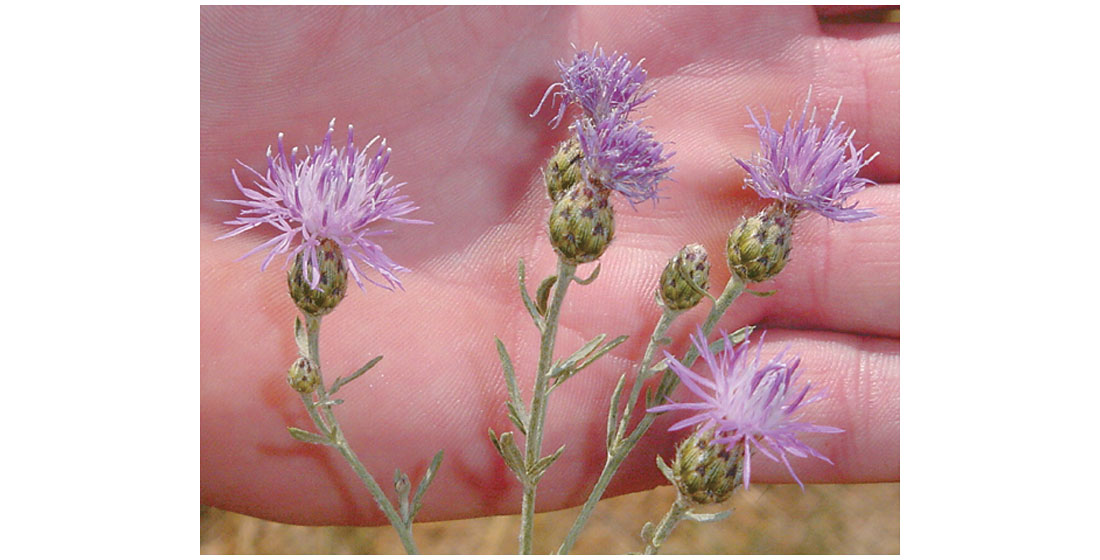
Blueweed grows in dry roadsides, disturbed habitats, rocky pastures, and rangelands at low- to mid-elevations. Abundant only in the Crowsnest Pass, its spread is a major concern throughout Southern Alberta where isolated patches are increasing rapidly.
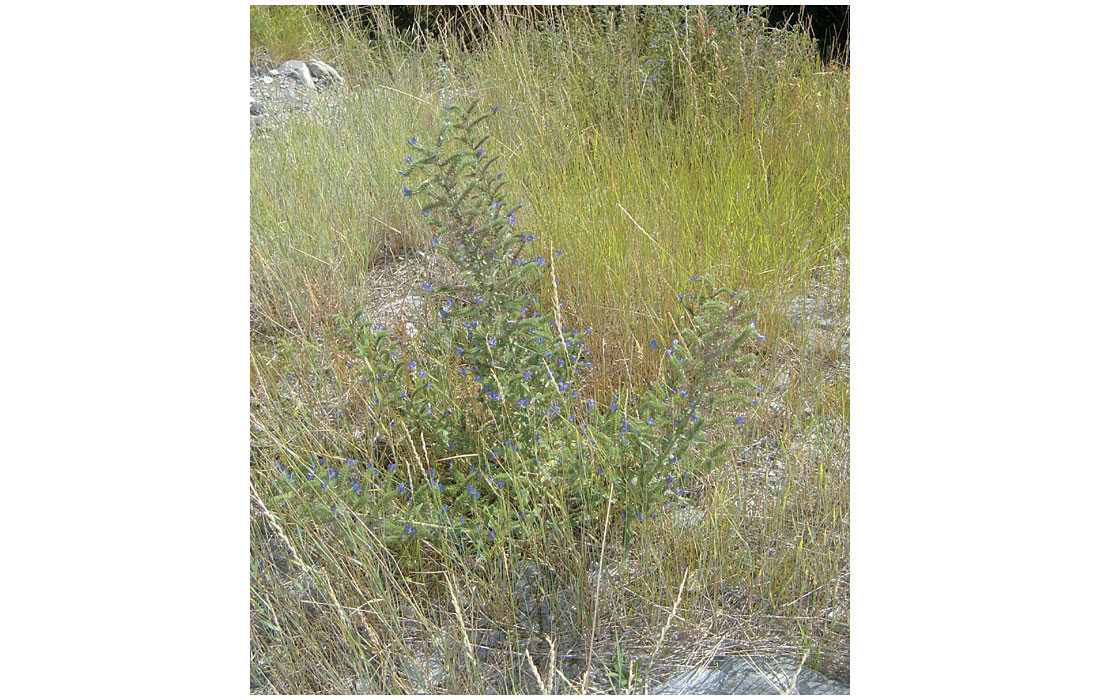
Nodding Thistle was introduced into the eastern North America in the early 1800s and has a long history there as one of the most prickly and persistent invasive species. It has been declared a restricted weed in many Canadian provinces.
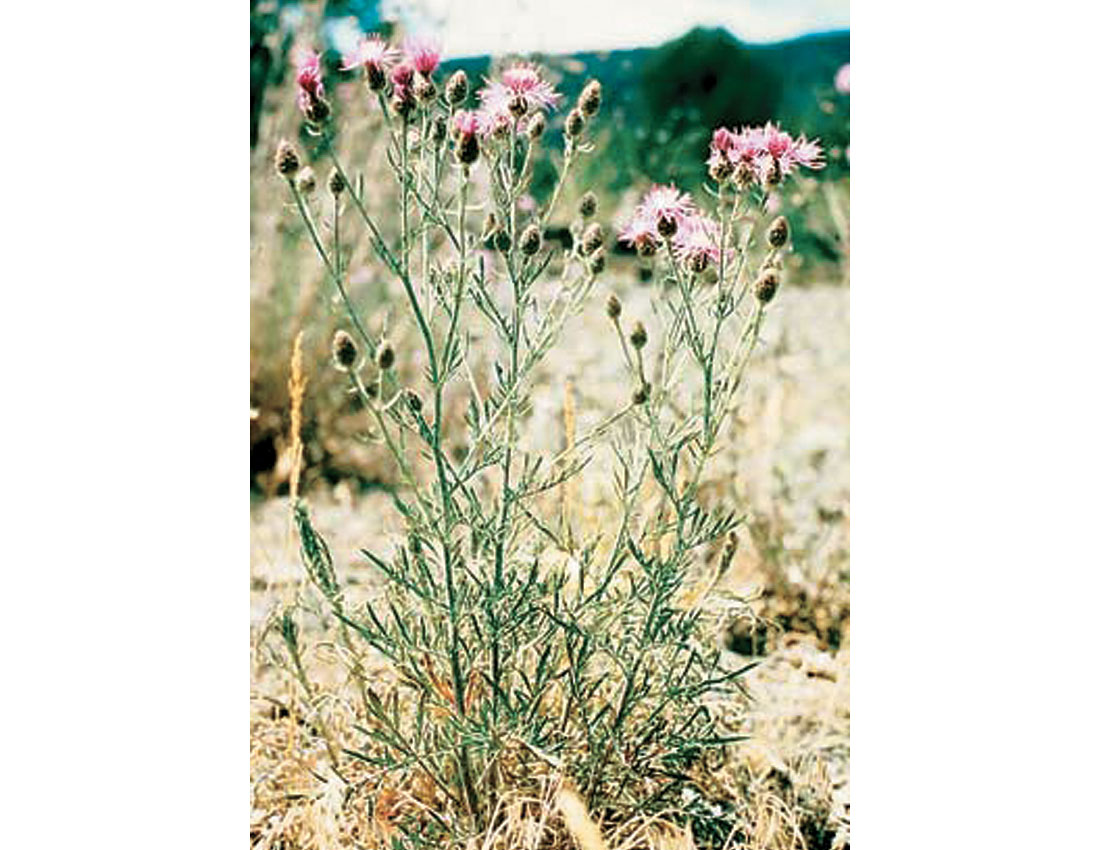
Bull Thistles invade disturbed areas throughout the Canada. The spiny leaves and stalk are up to 7 ft. tall. Bull thistle can invade almost any type of area, such as forest clearcuts, riparian areas and pastures, even beaver dams. Plants often form dense thickets, displacing other vegetation. The spiny nature of the plant renders it unpalatable to wildlife and livestock and reduces the forage potential of pastures.
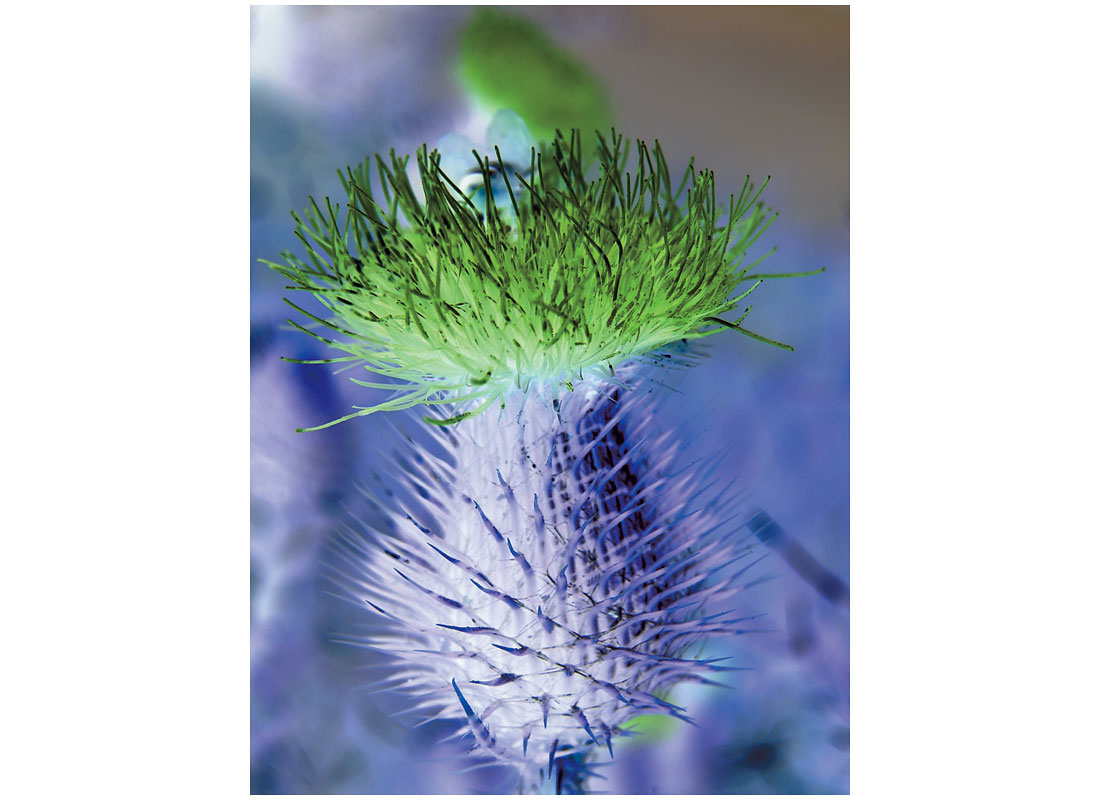
Leafy Spurge is a longlived perennial that has taken over millions of acres on the prairies. It reproduces primarily by re-sprouting from its extensive, persistent, creeping root system, but also by seed. Leafy spurge roots can extend 4.5 m laterally and about 9 m deep. Leafy spurge forms dense stands over times and a large plant can produce up to 130,000 seeds. All parts of the plant contain a milky-coloured latex that can poison livestock and cause skin irritation on humans.
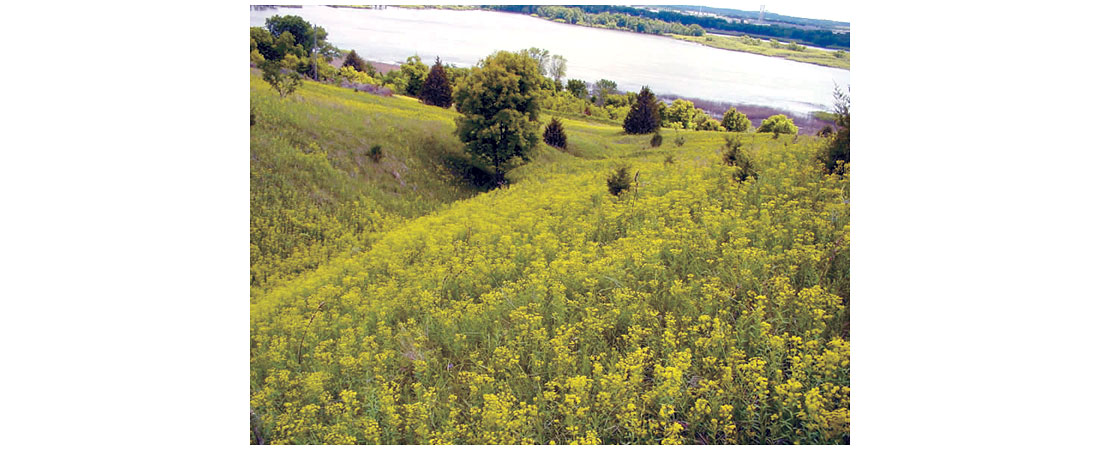
Burdock produces a 2m high stalk covered in massive burrs which readily entangle in the manes of horses or any creature passing by. Its prickly seed heads are designed for dispersal upon contact with its numerous barbed hooks, as anyone who has met this plant can atest. Burdock was the inspiration for the invention of Velcro by George de Mestral in the early 1940’s
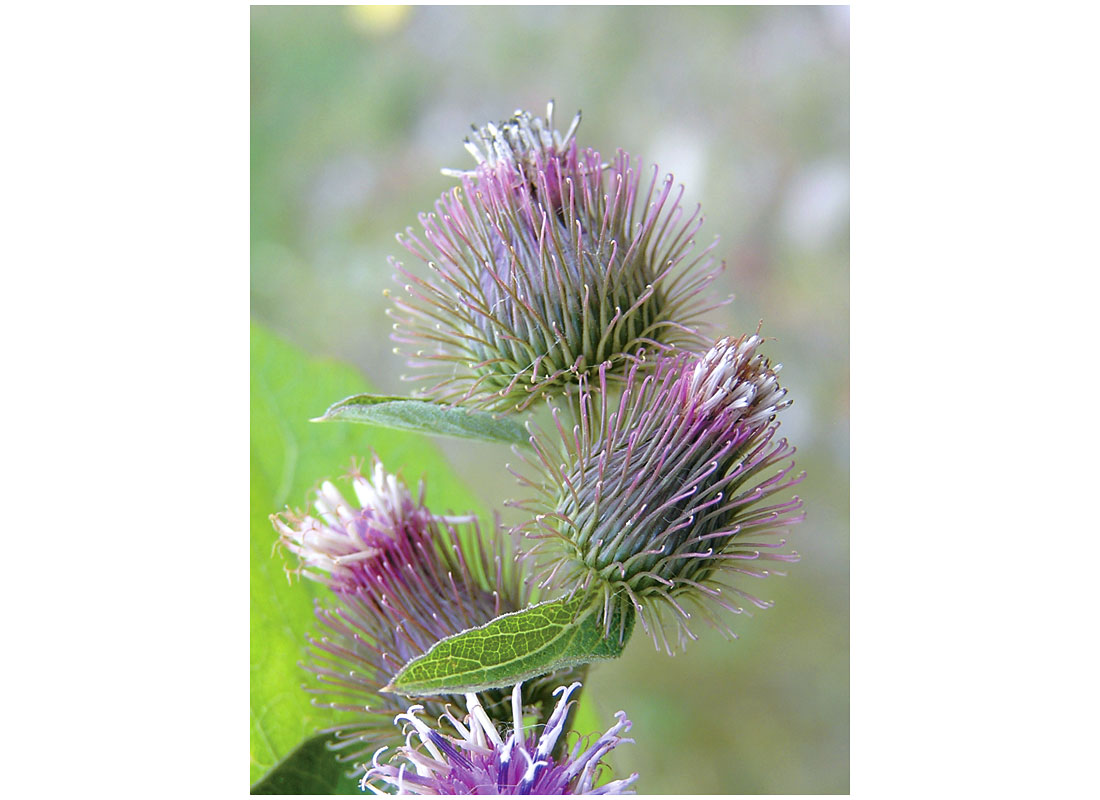
Wild Caraway – This is the same caraway available in the grocery stores. Not native to North America, caraway has been a spice crop in western Canada for many years. However this plant has escaped cultivation and proven to be extremely invasive & persistent – completing displacing native forbs & grasses. It is not grazed by wildlife or livestock.
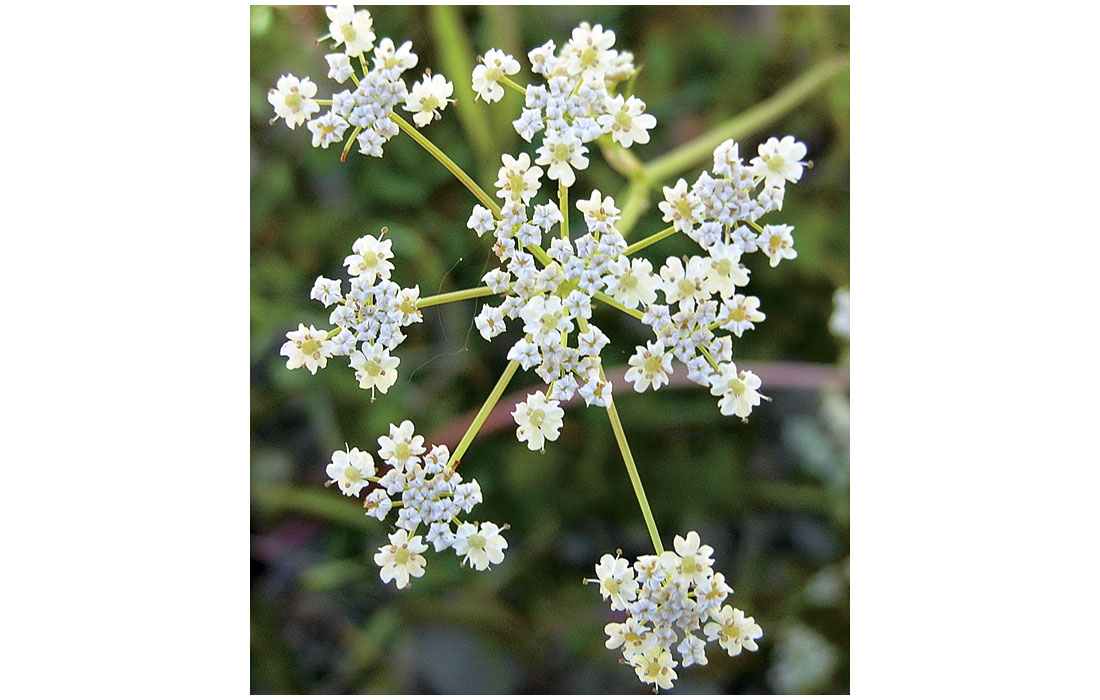
Yellow Clematis – This spreading vine plant is a cultivar from Europe with yellow, pendant flowers. Seeds have silky, long tufts that are easily carried on wind and water. Many nurseries warn that it is an aggressive plant once established. Both urban & natural area infestations are becoming more common around Calgary and westward out to the mountain Parks.
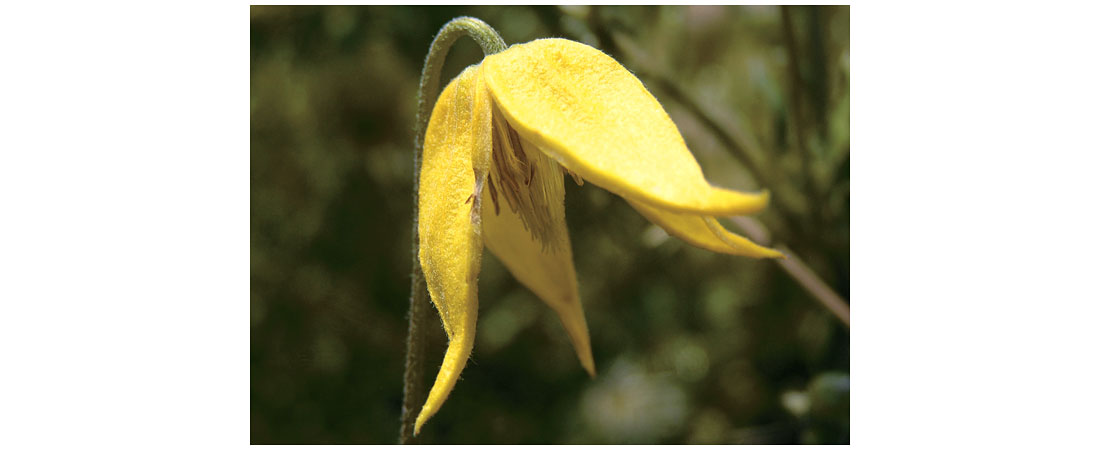
Oxeye Daisy – Introduced from Europe in the early 1800’s as a garden ornamental, Oxeye daisy has become a serious invader of pastures and natural areas throughout North America. It is a perennial herb that reproduces both by seed and shallow roots. Single plants quickly become patches that continually increase in size.
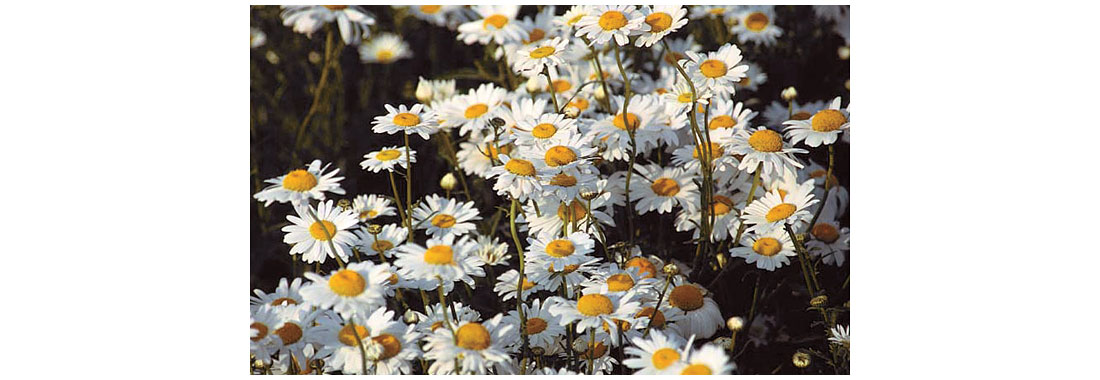
Scentless Chamomile and the very similarly flowered oxeye daisy are conspicuous for the fact that they are the two most common white flowered daisy-like weeds. One plant can produce one million seeds.
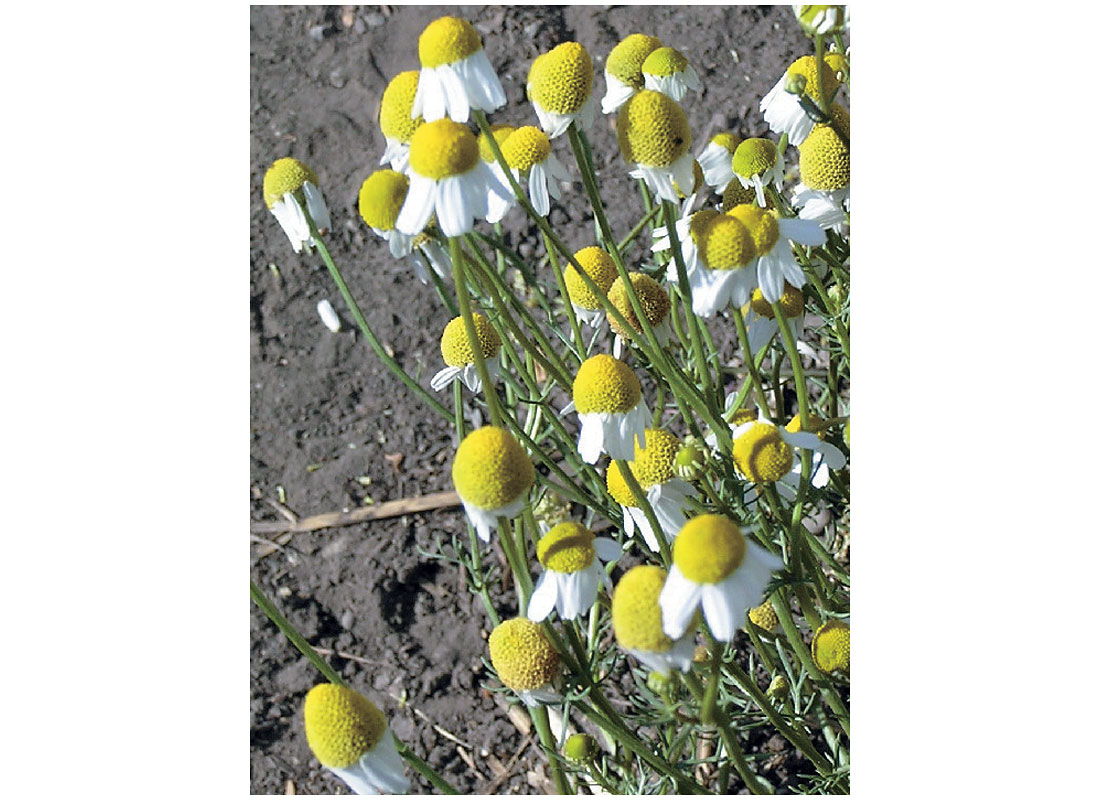
Hound’s Tongue – The heavily barbed seeds of Hound’s tongue cling readily to animal fur and any clothing. When the seeds eventually fall off, it can be a great distance from the parent plant. This very effective seed dispersal mechanism is one of the 2 worst features of this plant (the other being livestock poisoning) – wherever the seed carrier goes, so does the weed.
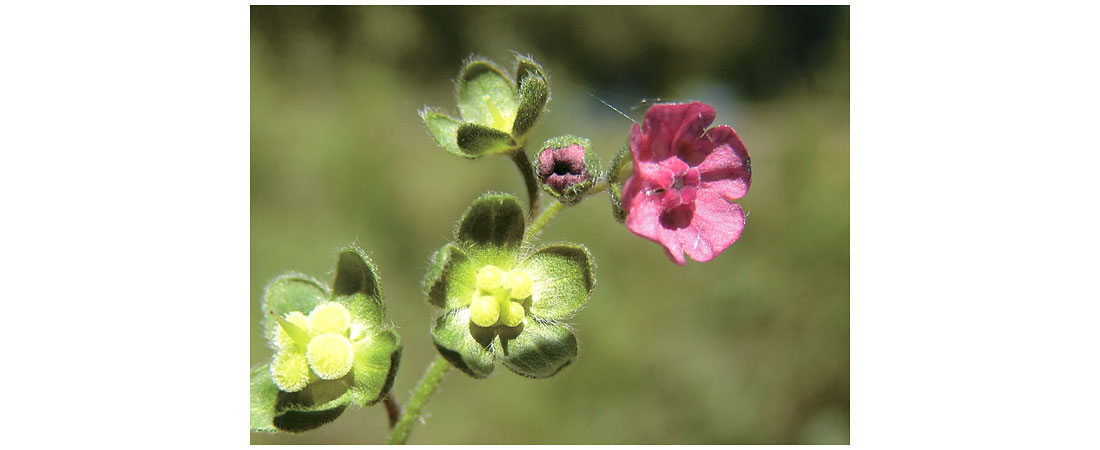
Dalmatian Toadflax contains compounds toxic to livestock, but since the plant is generally unpalatable reports of poisoning are rare. In western Alberta, the plant is usually found along valley bottoms that are sheltered and/or have southern exposures. It is well adapted to dry, coarse textured soils. A mature plant can produce up to 500,000 seeds annually, that may remain viable up to 10 years.
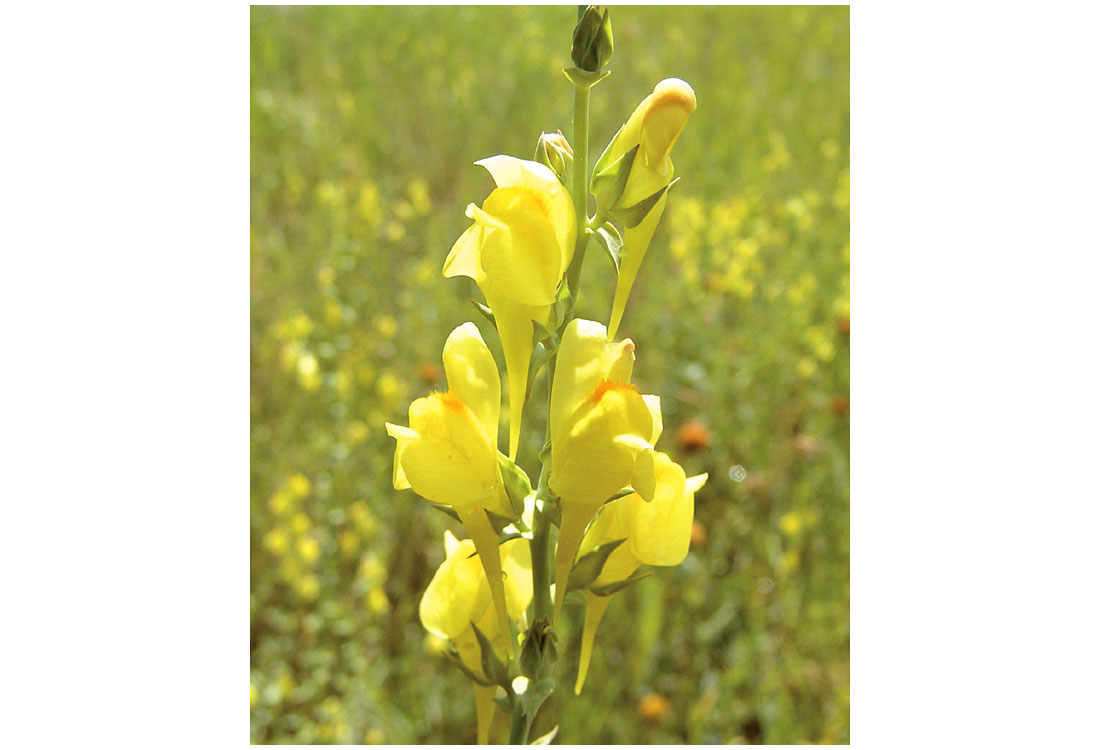
Yellow Starthistle – Rated by NW USA farmers as their No. 1 weed concern, it can puncture tires and take over entire pastures. Currently rare in Alberta and hopefully will stay that way.
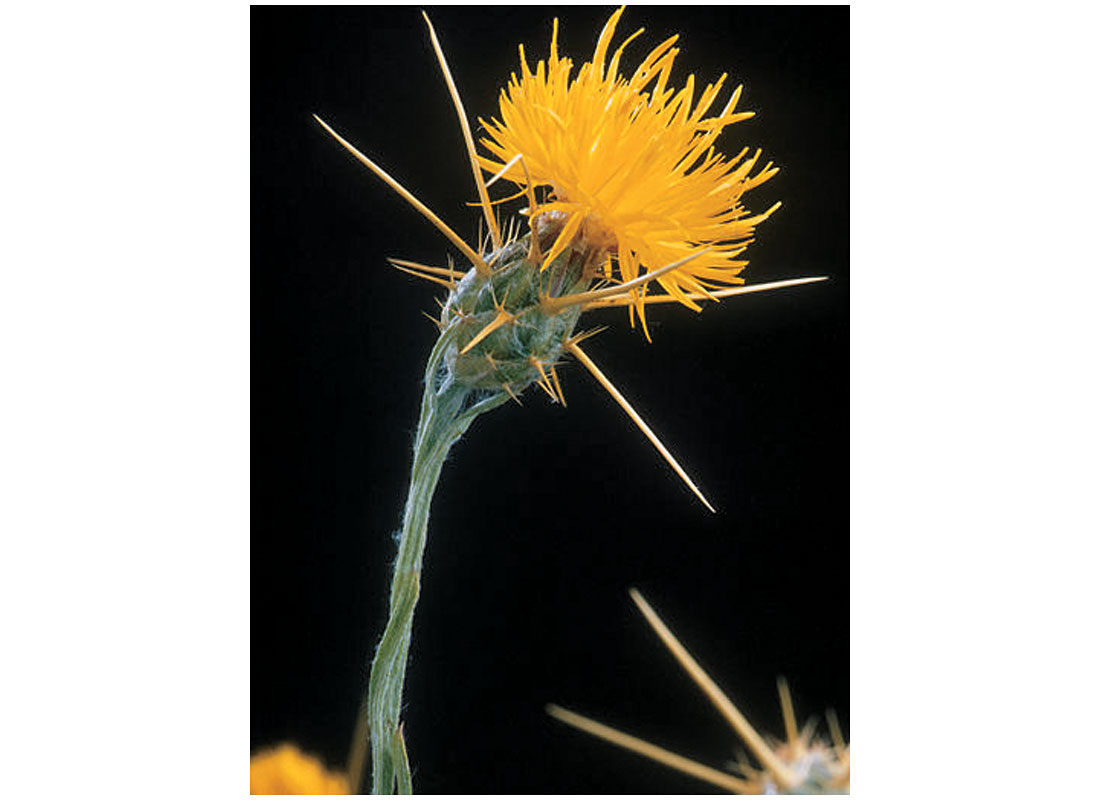
References
Cutting Costs through Weed Prevention pamphlet – sponsored by Industry and Gov.; The Alberta Invasive Plants Council website
Andrew Stiles, Federation of Alberta Naturalists Representative to the Prairie Conservation Forum; 8840 33rd Ave NW, Calgary, Alberta, T3B 1M5. Ph. (403) 288-0733; andrewprestonstiles@yahoo.ca











Join the Conversation
Interested in starting, or contributing to a conversation about an article or issue of the RECORDER? Join our CSEG LinkedIn Group.
Share This Article